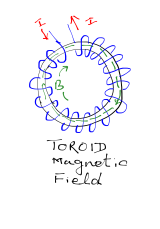Is Matter Around us pure?
Short Q & A
 |
| Simple Distillation Technique. Can you name the labelled parts? See answer at wikimedia |
Q1: Who was the first scientist to use the term 'element'?
Answer: Robert Boyle was the first scientist to use the term element in 1661.
Q2: Name the chemist who for the first time, defined an element as a basic form of matter that cannot be broken down into simpler substances by chemical reactions.
Answer: Antoine Laurent Lavoisier (1743-94), a French chemist
Q3: Who is known as the father of Modern Chemistry?
Answer: Antoine Laurent Lavoisier (1743-94), a French chemist
Q4: Do physical changes alter the identity of a substance?
Answer: No.





